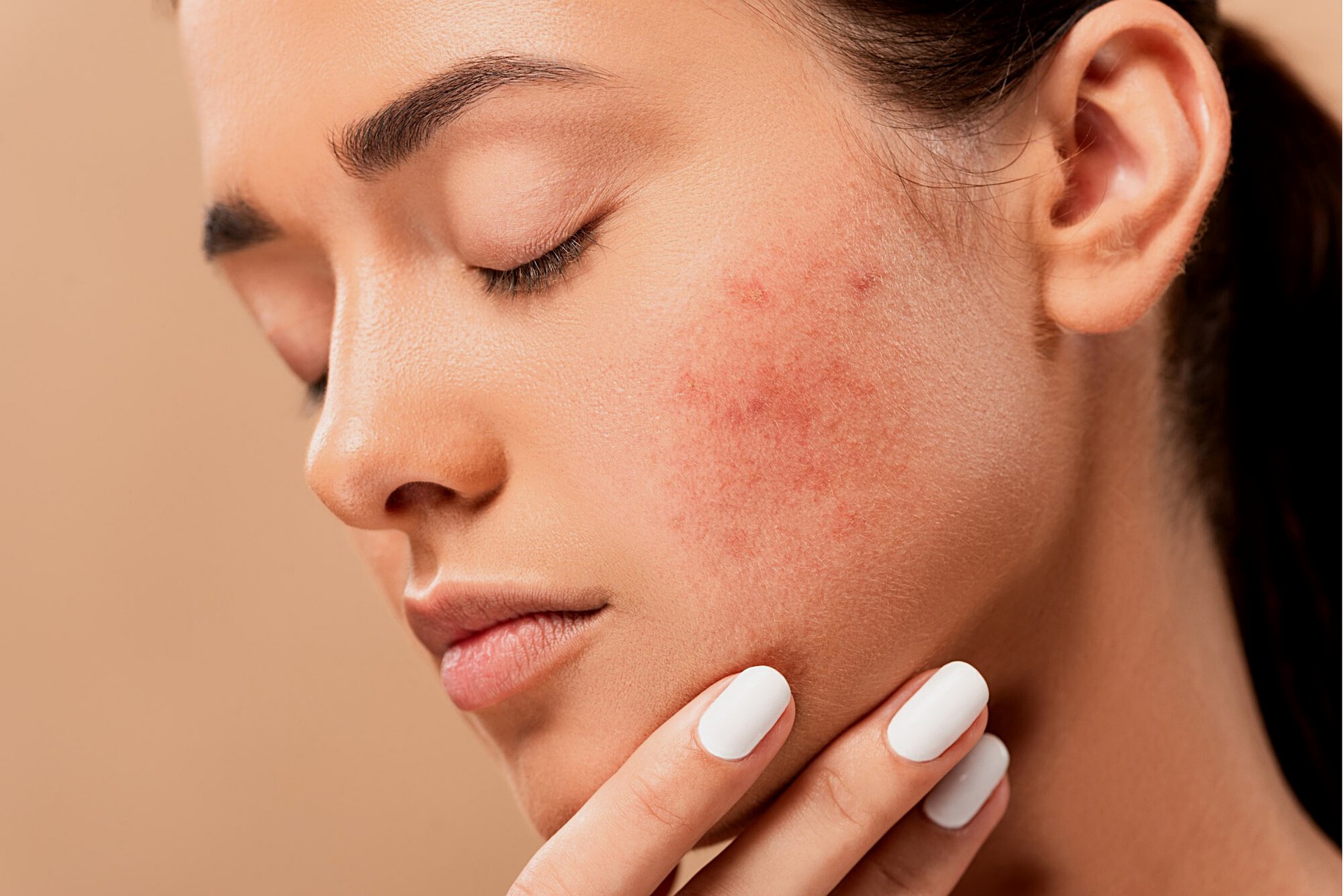Acne affects most people at some point in their lives. The scars it can leave behind are a reminder of this unpleasant skin condition. However, there are several things you can do to treat acne scars so that you can feel confident and love your skin again.
Before treating acne scars, your skin should be clear, or mostly clear, of active acne. Acne can leave behind a variety of scars, from discolorations to deep “ice pick” scars. A consultation is needed to determine the types of scars the patient has and formulate the best course of treatment.
The Skin Care Center at Gulf Coast Plastic Surgery has many tools to improve the skin’s clarity, texture, and tone. The acne scar treatments with the least amount of downtime are chemical peels, PicoSure laser facials, IPL treatments, and microneedling. More severe scarring might require fractional laser skin resurfacing.
A chemical peel exfoliates and retexturizes the skin. It is very effective in treating the dark spots acne can leave behind. SkinMedica Peels come in three strengths, but they all contain lactic, salicylic, resorcinol, and retinoic acids. Chemical peels, used in conjunction with HydraFacials, are an excellent way to get and keep skin clear of acne.
Microneedling helps treat shallow acne scars by stimulating the skin’s collagen production. A series of microneedling treatments will result in firmer, clearer, and healthier-looking skin.
If you suffer from deep, “ice pick”-type of scarring, we offer ablative fractional laser treatments (sometimes called Fraxel) to improve the tone and texture of your skin. Fractional laser treatments work wonders to reduce the appearance of acne scars and enlarged pores. This treatment offers superior results to CO2 therapies, with less downtime and less risk of hypopigmentation (permanent lightening of the skin).
We offer two types of fractional laser treatments: A one-time treatment (know as an ablative fractional treatment) and a non-ablative fractional laser. The ablative laser does the job in only one treatment, but there is a week or so of downtime as the outer layer of your skin heals. (It will look red and blistered for about 5-7 days). Because the non-ablative treatment doesn’t damage the skin’s outer layer, it doesn’t require as much downtime (usually 24-48 hours). However, most patients need to have a series of 2-3 treatments to achieve the best results.
Finally, dermal fillers or fat transfer might the answer if a patient has a few deep scars. Fillers or a patient’s fat can pump up the depression in the skin, making the scar much less noticeable.
Depending on the type of scarring, one of these treatments, or a combination of them, might prove to be an effective option for you. If you want to see how we can reduce the appearance of your acne scars, schedule a free consultation with one of our skincare experts at The Skin Care Center at Gulf Coast Plastic Surgery.




